Introduction
Privacy glass, a cutting-edge technology, has found significant applications in various domains, with laboratories being one of the prominent beneficiaries. In this blog, we’ll explore the diverse applications, benefits, and considerations associated with integrating privacy glass in laboratory settings.
Privacy Glass Technology
Understanding the technology behind privacy glass is crucial to appreciate its applications fully. Smart glass operates on the principles of electrochromism, where the glass’s transparency can be altered by applying an electric voltage. This transformative feature offers a dynamic solution for maintaining privacy in real-time.
Applications in Laboratories
Laboratories demand a high level of confidentiality, especially when conducting sensitive experiments or handling classified information. Privacy glass provides a versatile solution by allowing researchers to instantly switch between transparent and opaque states, ensuring the utmost discretion.
Benefits of Privacy Glass in Labs
The integration of privacy glass in labs goes beyond just confidentiality. The heightened security it provides contributes to a controlled environment, minimizing external disturbances and enhancing the accuracy of experiments.
Types of Privacy Glass
Two primary types of privacy glass dominate the market: switchable glass and electrochromic glass. Switchable glass allows users to control transparency manually, while electrochromic glass adapts its opacity based on external factors like light intensity.
- Switchable Glass
Switchable glass, also known as smart glass, stands out for its manual control features. Users have the ability to adjust the transparency of the glass with a simple switch or remote control. This type of privacy glass is versatile and provides instant changes in opacity, offering users direct control over their privacy settings.
Applications:
- Ideal for meeting rooms where on-the-fly privacy adjustments are necessary.
- Suited for residential spaces, allowing occupants to control the view from both inside and outside.
Advantages:
- User-friendly and intuitive control.
- Customizable to meet specific design preferences.
- Quick transitions between transparent and opaque states.
Considerations:
- Requires a power source for the switchable functionality.
- Electrochromic Glass
Electrochromic glass, on the other hand, operates based on the principles of electrochromism. This technology enables the glass to change its opacity in response to external factors, such as light intensity. Unlike switchable glass, electrochromic glass adjusts automatically without the need for manual intervention.
Applications:
- Well-suited for windows in smart buildings, adapting to changing light conditions.
- Ideal for laboratories where maintaining a consistent light environment is crucial.
Advantages:
- Energy-efficient, as it adjusts based on natural light conditions.
- Seamless and automatic transitions without user intervention.
Considerations:
- Response time may vary based on the specific technology used.
- Initial installation cost might be higher than traditional glass.
- Polymer Dispersed Liquid Crystal (PDLC) Glass
PDLC glass consists of a polymer matrix embedded with liquid crystals. When an electric current is applied, the liquid crystals align to allow light to pass through, making the glass transparent. When the current is off, the liquid crystals scatter, creating an opaque appearance.
Applications:
- Used in high-tech office spaces for conference room partitions.
- Applied in medical facilities to create privacy in certain areas.
Advantages:
- Can be integrated into various glass applications.
- Offers a balance between transparency and privacy.
Considerations:
- Response time may vary, and it might not be as instantaneous as switchable glass.
- Thermochromic Glass
Thermochromic glass responds to changes in temperature, altering its opacity accordingly. As the temperature increases or decreases, the glass transitions between transparent and opaque states. This type of privacy glass is particularly useful in maintaining a comfortable environment while ensuring privacy.
Applications:
- Suitable for residential windows to regulate indoor temperature and privacy.
- Used in greenhouses to control sunlight exposure.
Advantages:
- Energy-efficient, responding to natural temperature fluctuations.
- No need for external power sources.
Considerations:
- Limited control by users, as it depends on temperature changes.
Installation and Maintenance
Installing privacy glass involves a systematic approach, ensuring optimal functionality. Regular maintenance is vital to guarantee longevity and sustained performance. Lab managers should follow recommended procedures for cleaning and care to maximize the glass’s lifespan.
Cost Considerations
While the initial investment in privacy glass might seem substantial, it’s crucial to analyse the long-term benefits. Reduced energy consumption, improved security, and enhanced aesthetics contribute to the overall cost-effectiveness of this technology.
Future Trends in Privacy Glass Technology
As technology evolves, so does privacy glass. Anticipated advancements include improved responsiveness, integration with smart lab systems, and even more energy-efficient solutions. Staying informed about these trends ensures labs can continually benefit from state-of-the-art privacy solutions.
Challenges and Solutions
Despite its numerous advantages, privacy glass may face challenges such as maintenance issues or initial adaptation hurdles. Identifying these challenges and implementing effective solutions is crucial to ensuring a seamless experience for lab personnel.
Comparison with Traditional Solutions
Contrasting privacy glass with traditional solutions like curtains or blinds highlights the practical advantages of adopting this technology. Privacy glass offers a sleek and modern alternative while maintaining functionality and adaptability.
Environmental Considerations
Beyond its functional aspects, privacy glass aligns with sustainable practices. Its energy-efficient features contribute to reducing the lab’s environmental footprint, making it an eco-friendly choice for research facilities.
Conclusion
Privacy glass emerges as a game-changer in the world of laboratory technology, offering a seamless blend of functionality, security, and aesthetics. As labs strive for innovation and efficiency, the adoption of privacy glass becomes a strategic choice for creating optimal research environments.
Who We Are
Tecdur is the leading manufacturer of smart glass for the UK and Ireland. Tecdur Switchable Glass provides the best clarity, lowest power consumption and lowest haze currently available. We can offer a wide range of specifications to meet project requirements with our switchable glass, cost is dependent on specification, application and design. Please get in contact with us to discuss further.
Please visit our portfolio for a look at completed projects. Keep up to date on our LinkedIn Showcase page
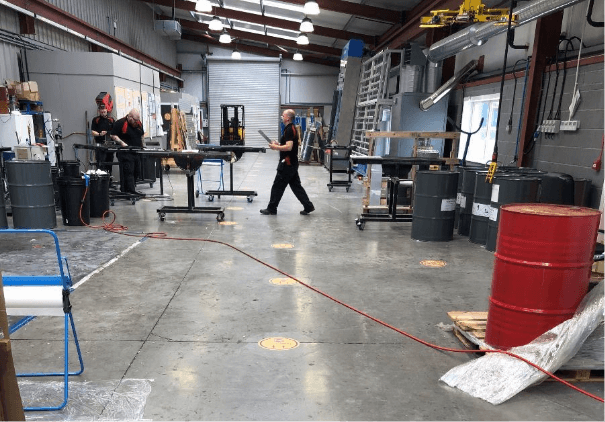

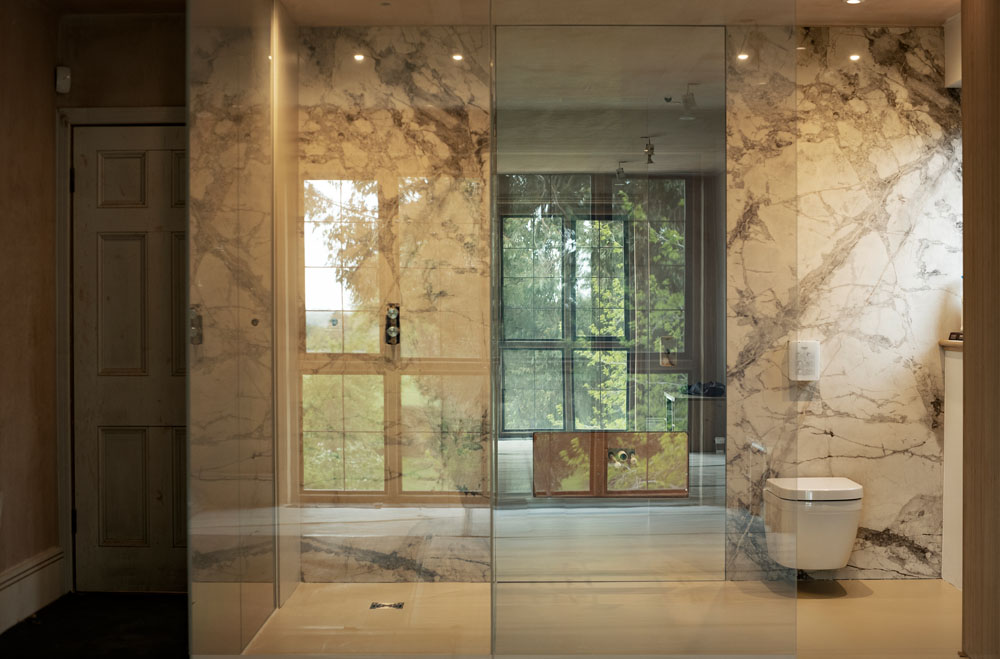
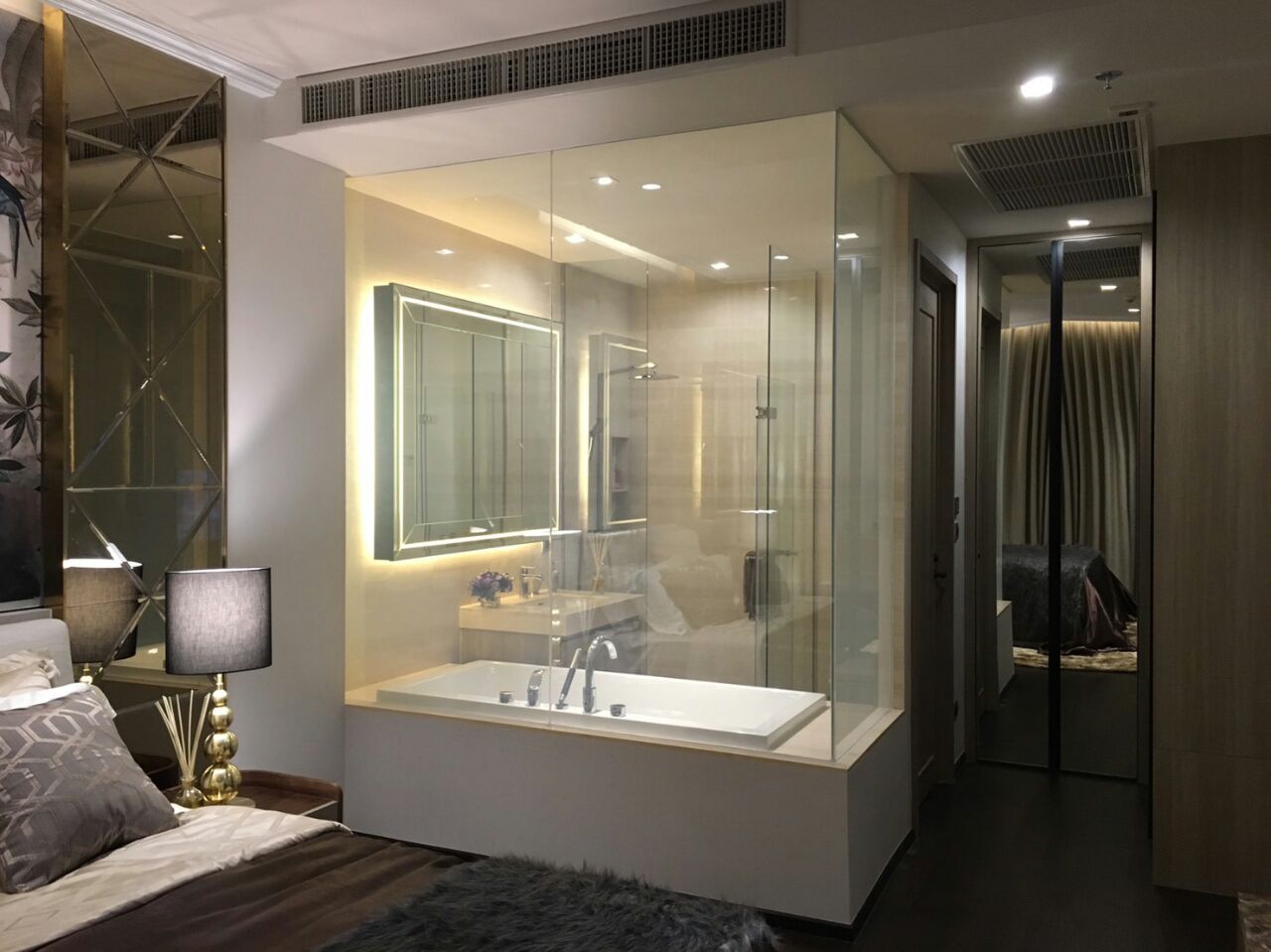
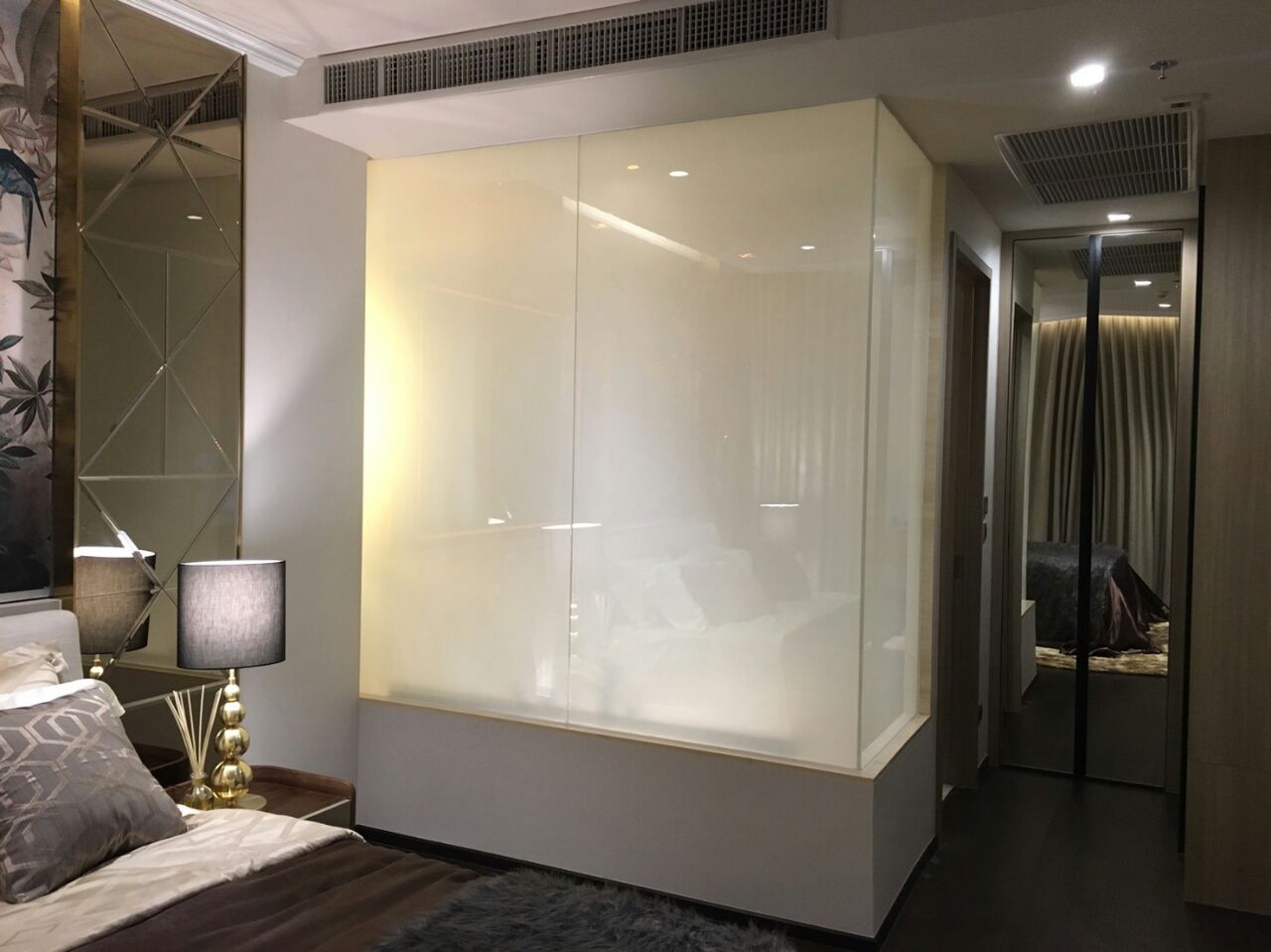
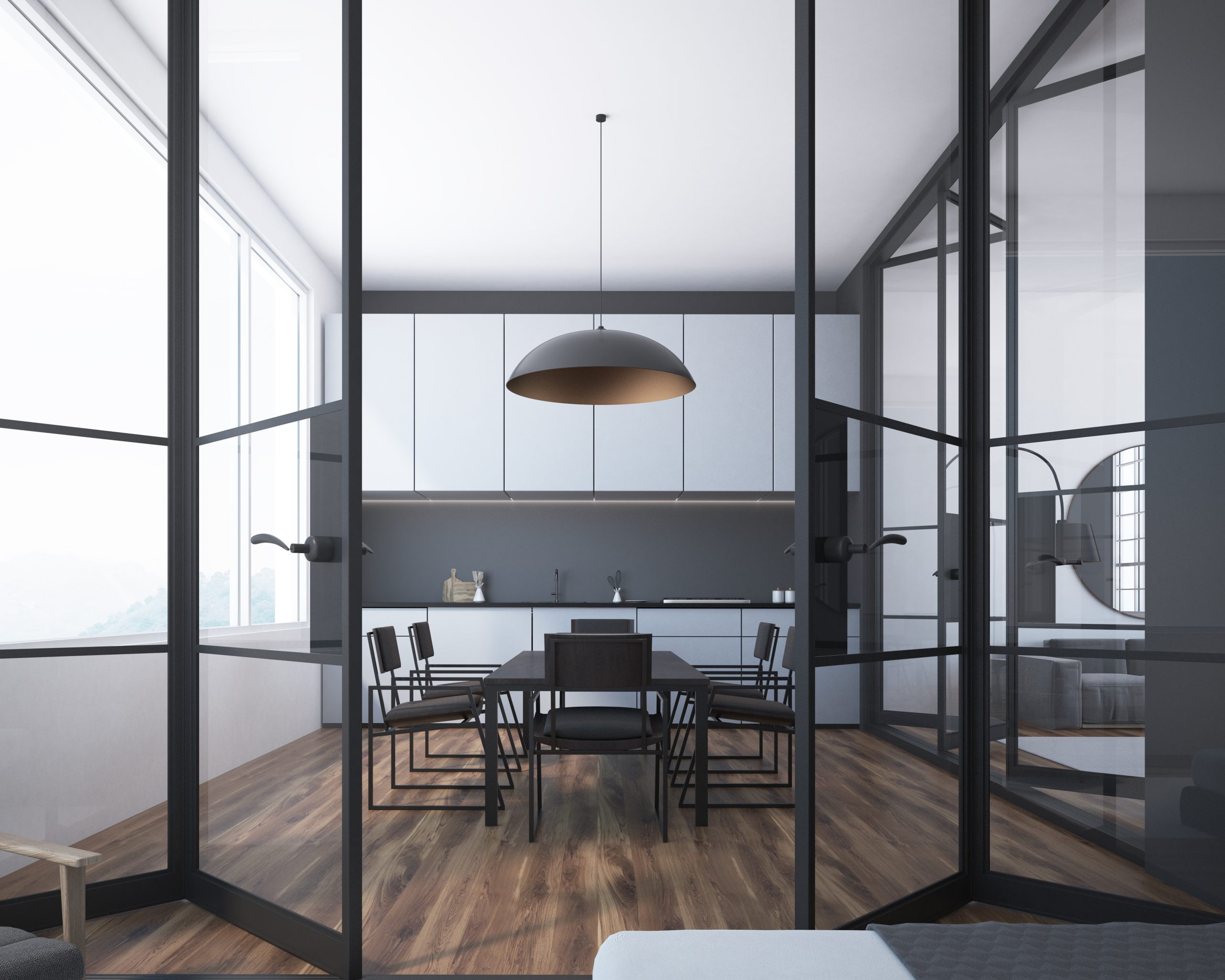
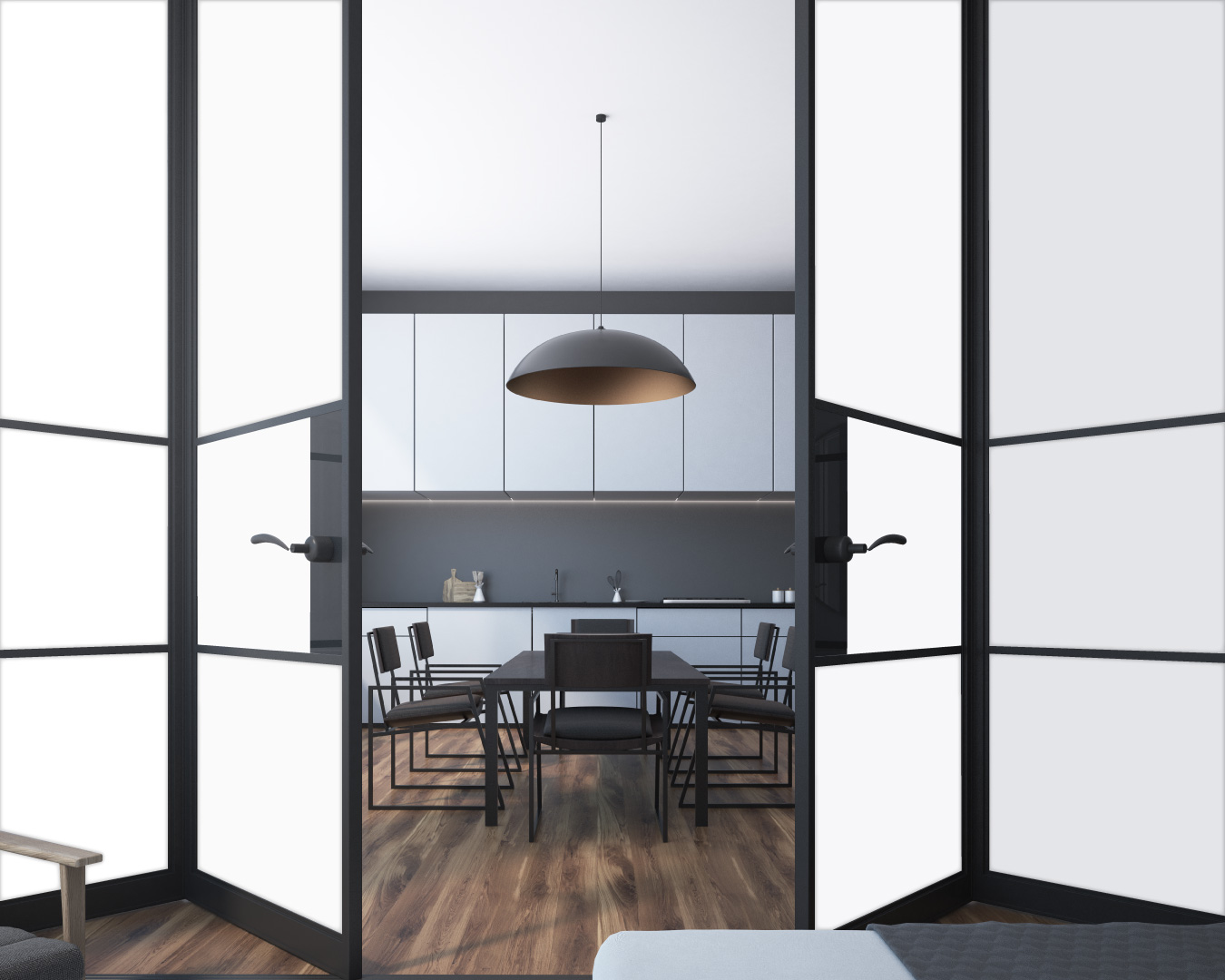
Frequently asked Questions
Our privacy glass works by utilising advanced PDLC (Polymer Dispersed Liquid Crystal) film. When an electrical current is applied, the liquid crystal molecules align, allowing light to pass through, making the glass transparent. When the current is switched off, the molecules mis-align, causing the glass to turn opaque or translucent, providing privacy.
Privacy glass is versatile and can be customized to suit various lab setups, making it suitable for a wide range of laboratories.
With proper installation and maintenance, privacy glass can have a lifespan of 10-15 years or more.
The adaptive opacity of privacy glass helps control the amount of natural light entering the lab, reducing the need for artificial lighting and, consequently, energy consumption.
Yes, privacy glass can often be retrofitted into existing labs with minimal disruption to ongoing research activities.
Lab managers should ensure that privacy glass complies with relevant safety standards and regulations to maintain a secure research environment.




